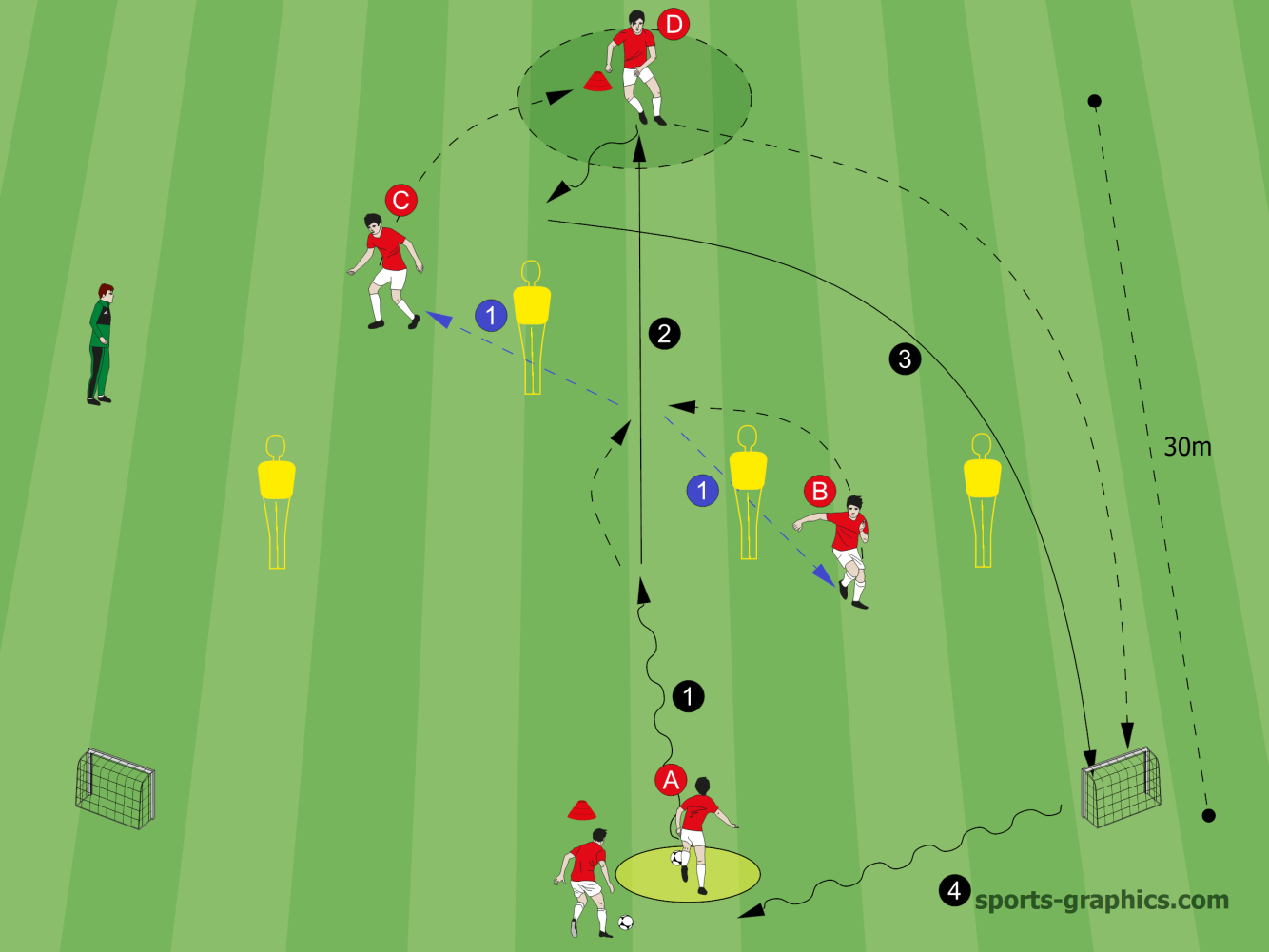

The prior intention is the “play” that is intended to be developed in each of the moments that occur in the “game” and the idea of the game is the type of football that the coach has in mind and would like his team to play (Tamarit, 2013). These elements will be subject to the prior intention, which is not the same as the idea of the game. They are the ones that will allow us to acquire a “game” identity.

The learning process of a game model will always be subject to the principles, sub-principles and sub-sub-principles proposed by the coach. Learning process of a football game model Influential elements in the development of the Game Model. The fundamental elements of a game model will be those that give it its previous shape, as we can see in Figure 2 (Tamarit, 2007).įigure 2.

#Tactical soccer ball how to#
The team’s attentional focus on how to play in competition is based on the behaviours and interaction of the players and it is these who form the structure that make up the game model, which must be flexible and modifiable to adapt to the requirements of the competition.
#Tactical soccer ball series#
The typology of the “game” of a football team is obtained through a series of regularities created by the experiences and acquisition of this “playing”, where training is the main tool to reach the assimilation of how you want to play (Reis, 2018). The model of play is based on the players’ behaviour and relationship with each other to express their way of understanding football (Tamarit, 2007). The concept of playing model is often confused with the system of play that is used in terms of player positioning or with the idea of the game as such that is transmitted by the coach or the team.

Game model, script of the teaching process In short, as the main objective of this methodology is the “playing” of the team, the game model should be the guide for this whole process, in order to achieve a specific adaptation, always respecting the methodological principles that support it. Moments of the game and Dimensions of Tactical Periodisation. This model is transmitted to the players through a pedagogical process, where there is no room for decontextualised and analytical elements, given the globality and unpredictability of this non-linear state sport (Tamarit, 2007).ĭelgado Bordonau and Méndez Villanueva (2012) indicate that the priority objective of tactical periodisation is to ensure that the “game” that the team develops must be previously trained and learned respecting the parameters of the internal logic of football.Īs we can see in Figure 1, each game action requires attention to the four existing moments (defensive organisation, offensive organisation, defence-attack transition, attack-defence transition) and in turn also requires a decision (tactical dimension), a motor action (technical dimension), a specific movement (physiological dimension) and control of the will and emotional state (psychological dimension).įigure 1. It is a training methodology whose maximum concern is the “playing” that a team intends to produce in competition through its game model. Tactical periodisation is a training methodology that emerged more than forty years ago from the hands of Víctor Frade, who, based on his experiences, began to question the training methodologies that had existed up to that time. In addition, it includes several branches of knowledge such as neurobiology, which is new in this sport and fundamental in the creation of player’s habits. The development that this concept has undergone goes from the traditional periodisation, where training was based on analytical exercises and it was believed that these results would later be combined in competition, to Tactical Periodisation.īorn only forty years ago, it focuses all its training concerns on assimilating and understanding the Game Model composed of principles and sub-principles, which will be proposed in the competition, eliminating the most conventional beliefs of the previous theories of sports training. Undoubtedly, training methodology in any sport has undergone many changes over the years.In football, the concept of “periodisation” marked a turning point in training planning.


 0 kommentar(er)
0 kommentar(er)
